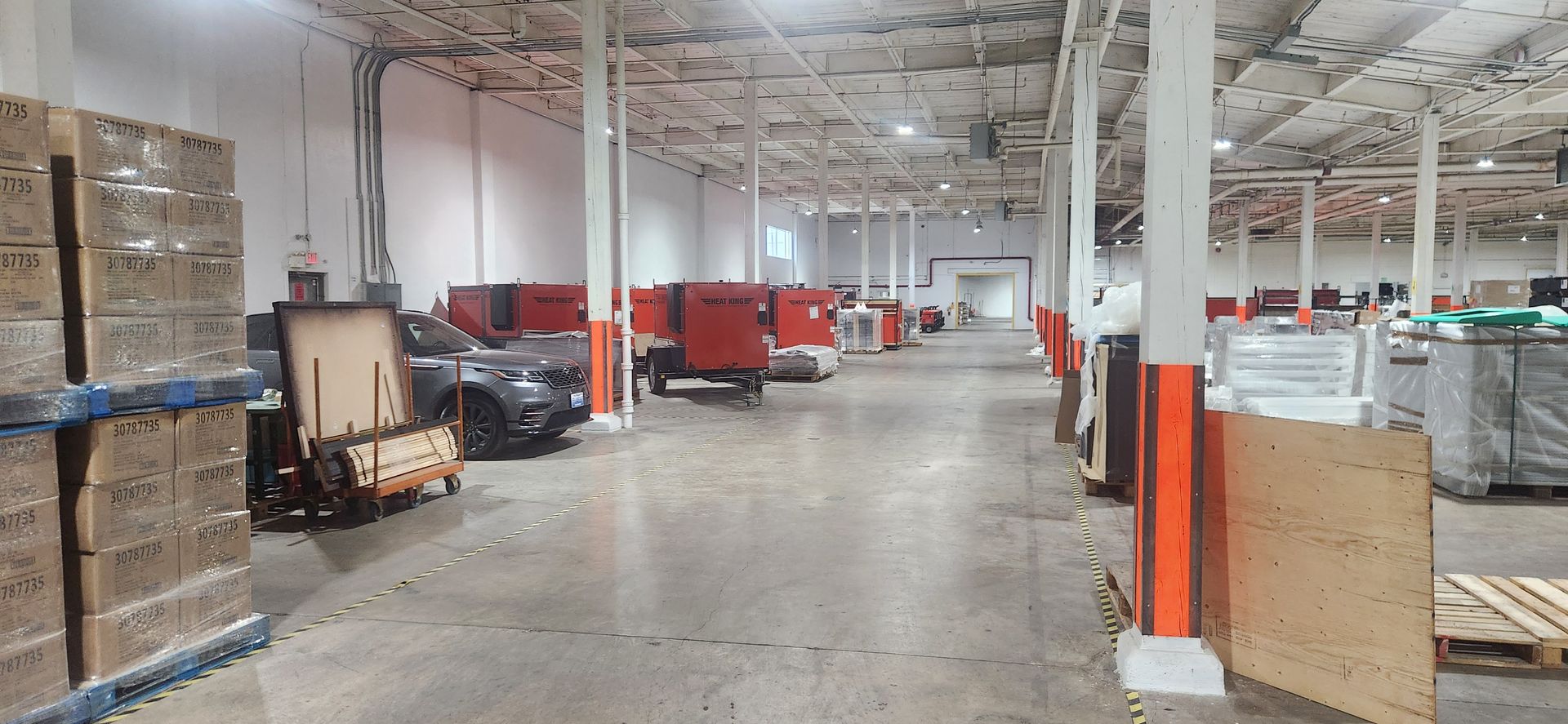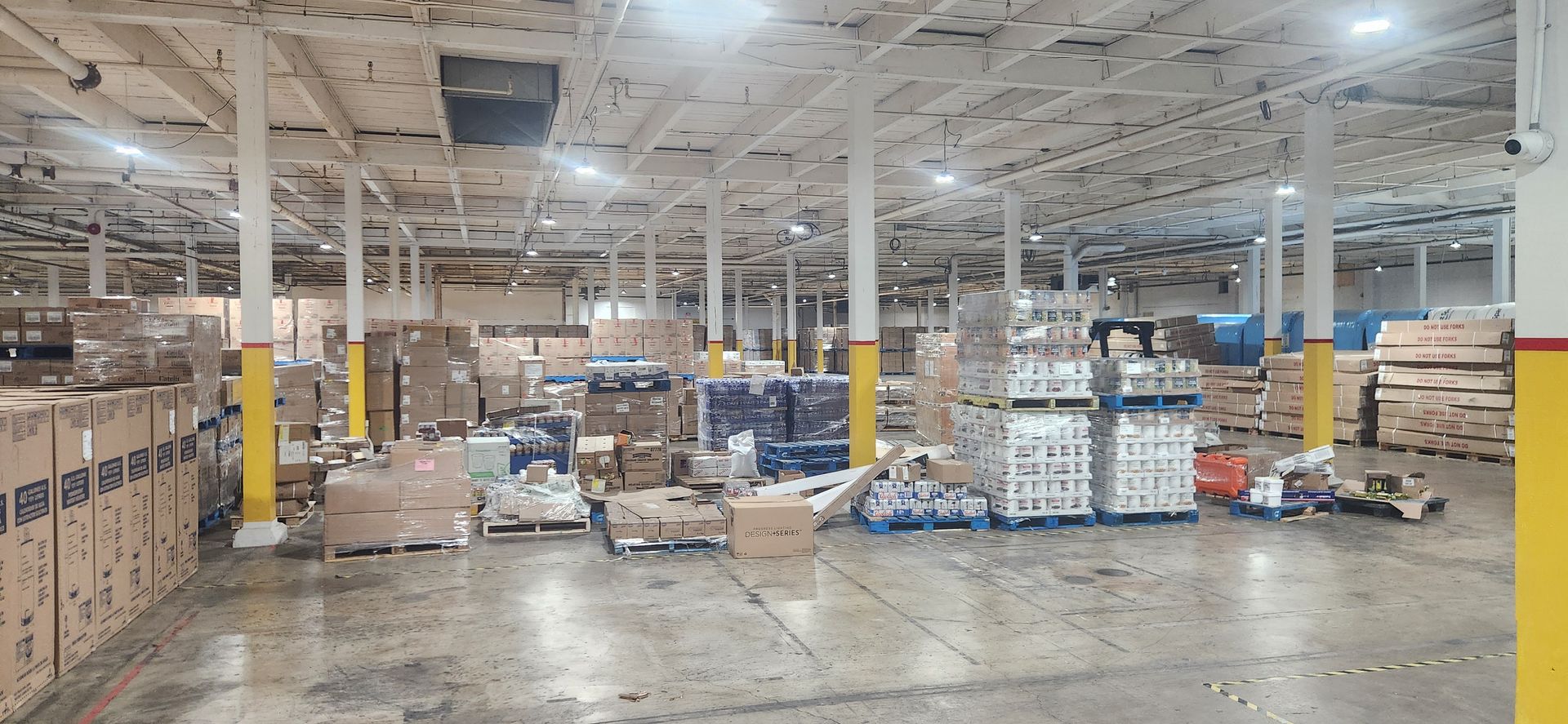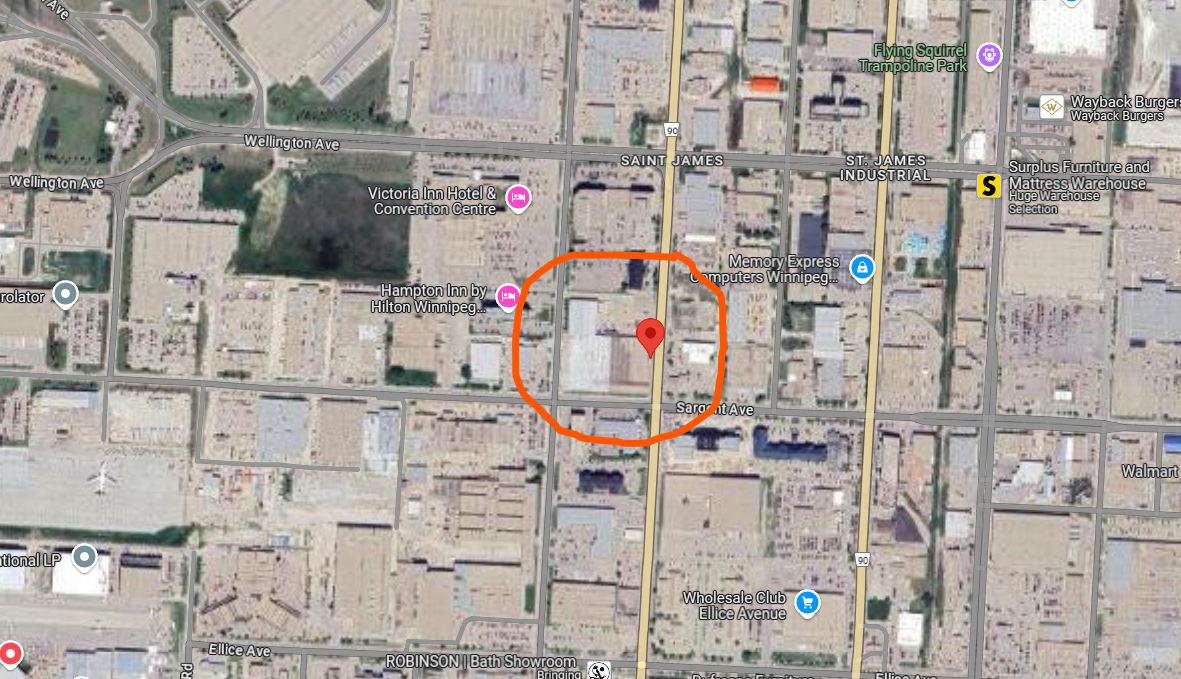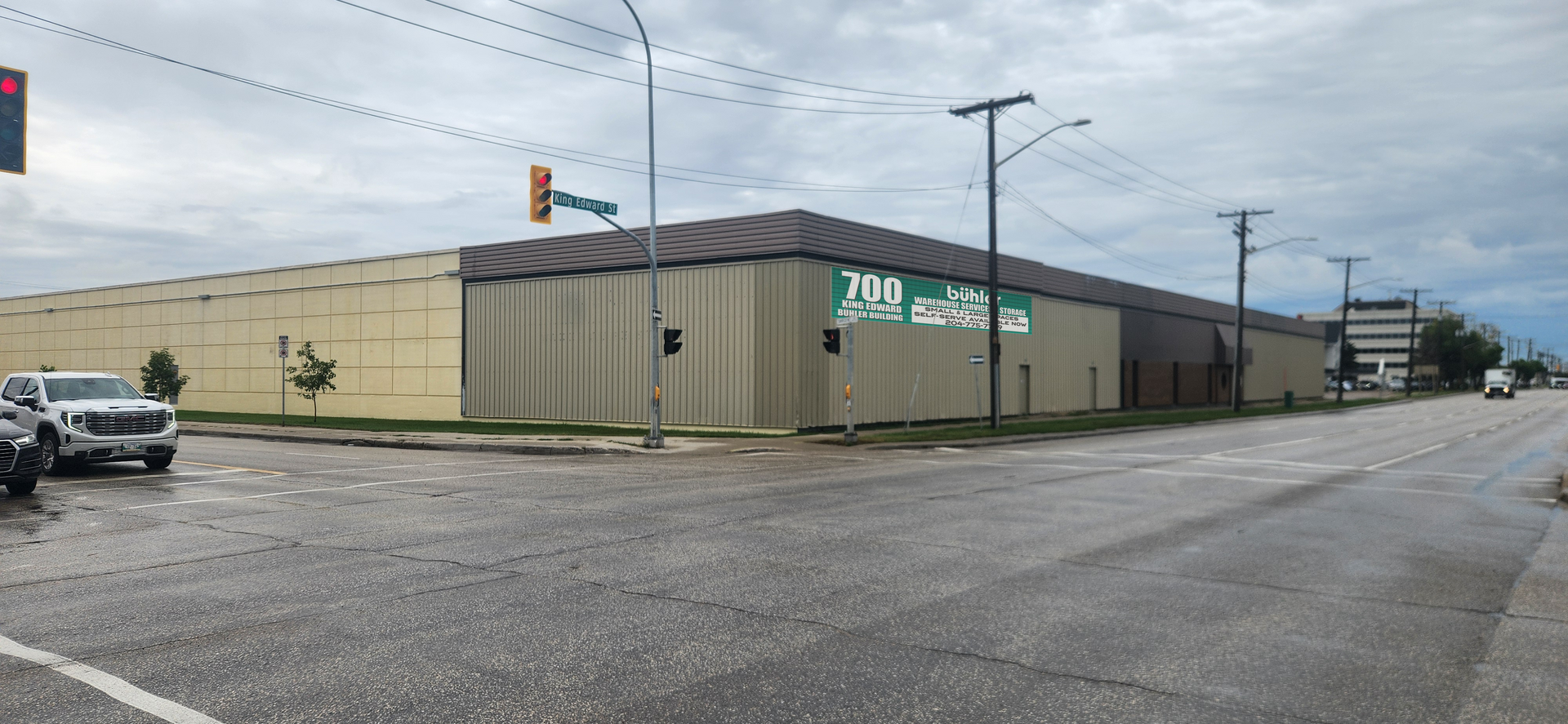The Essential Guide to Warehouse Space Planning for Logistics Managers
Providing practical tips and strategies to optimize warehouse layouts and operations
The Essential Guide to Warehouse Space Planning for Logistics Managers
In the fast-paced world of logistics, warehouse space planning isn’t just a luxury — it's a necessity. Logistics managers are under constant pressure to maximize efficiency, reduce costs, and maintain smooth operations. A well-planned warehouse layout can dramatically improve productivity, safety, and order accuracy. Here’s how to get started.
Understand Your Workflow
Before diving into floor plans and shelving units, take a step back and analyze your current workflow. Map out the journey of goods from receiving to shipping. Identifying bottlenecks or redundant steps is key to designing a warehouse that supports — rather than hinders — operations.
Prioritize Accessibility and Flow
An optimized warehouse layout allows for the smooth and logical movement of goods. Group frequently picked items near packing stations, and keep high-velocity stock in easily accessible areas. Implement wide aisles and clear signage to reduce time spent navigating the facility.
Utilize Vertical Space
Don’t just think in square footage — think cubic. Installing taller racking systems and using forklifts or vertical lift modules can help you store more in the same footprint. Just be sure to comply with local safety codes and ensure staff are properly trained to access elevated inventory.
Incorporate Flexible Storage Solutions
Trends and demand can shift quickly, so your warehouse should be able to adapt. Modular shelving, mobile racking, and adjustable pallet positions can help accommodate changes in product types or volume without the need for a costly overhaul.
Leverage Technology
Warehouse Management Systems (WMS) and layout planning software can be invaluable. They help simulate traffic flow, storage optimization, and even staff productivity. Real-time data from these systems allows you to refine operations continuously.
Plan for Safety and Compliance
Efficiency should never come at the cost of safety. Make sure emergency exits, fire extinguishers, and safety zones are clearly marked and unobstructed. Incorporate ergonomic considerations to minimize strain and injury risks for warehouse staff.
Measure and Improve
Finally, space planning is not a one-time task. Conduct regular reviews and audits to ensure the layout remains aligned with business needs. Solicit feedback from employees and use performance metrics to guide adjustments.
Warehouse space planning may seem daunting, but with a clear strategy and the right tools, logistics managers can create environments that are both efficient and scalable.





